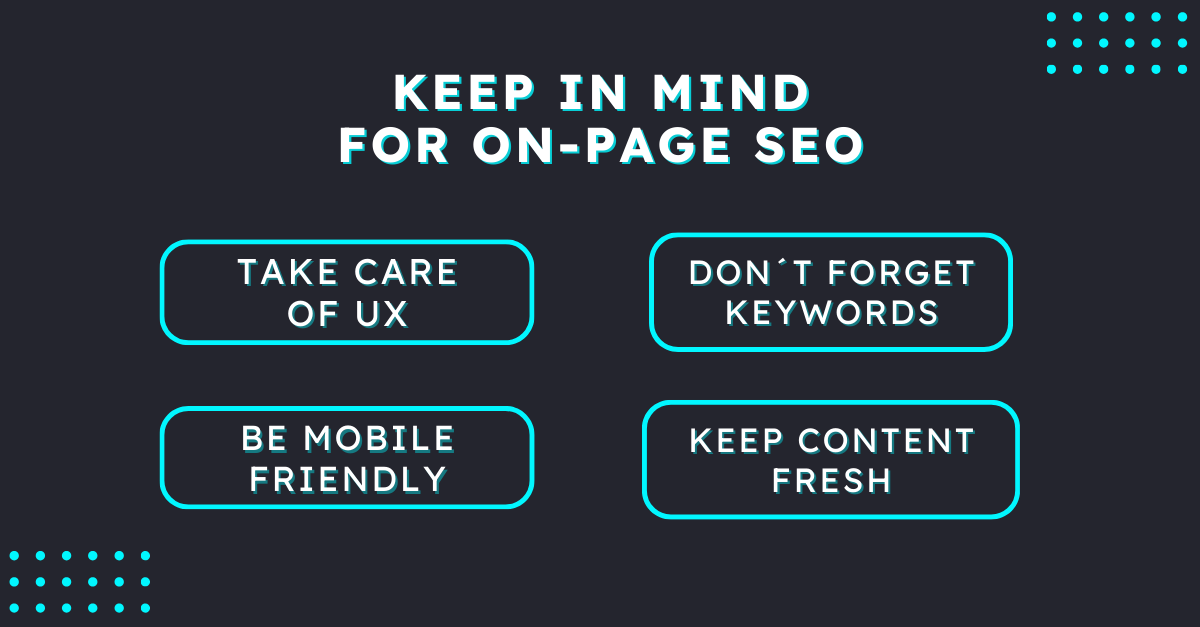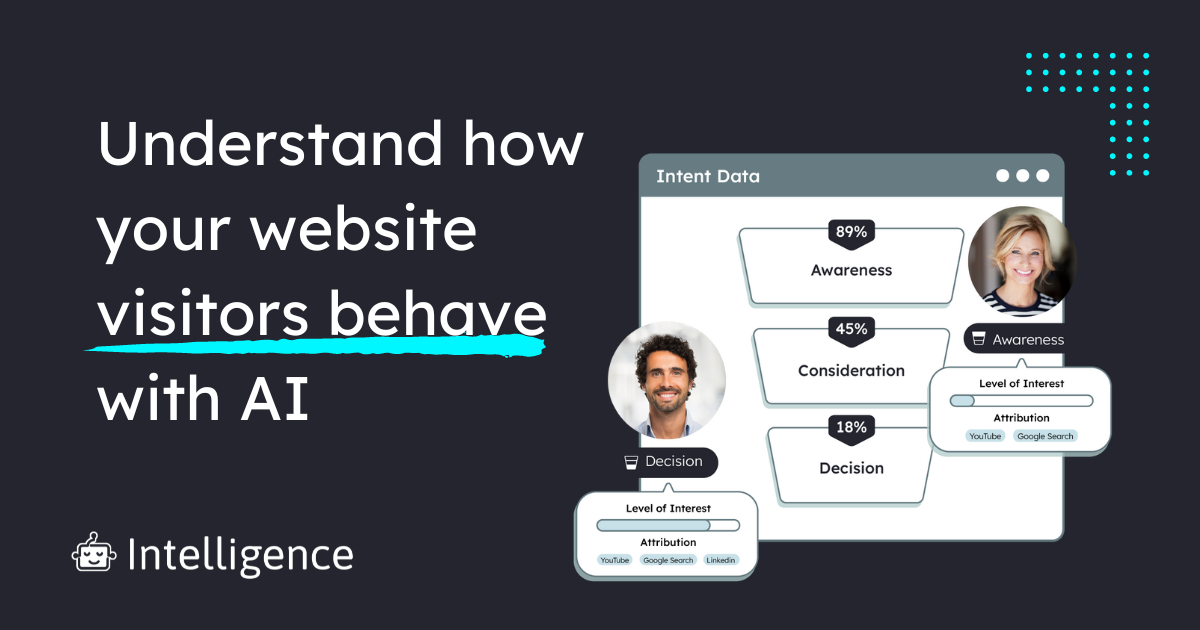
Today Search Engine Optimization (SEO) is a cornerstone strategy for boosting website visibility, driving organic traffic, and enhancing user engagement. Within this broad spectrum, two pivotal subdivisions emerge technical SEO and on-page SEO. Each plays a unique role in the SEO ecosystem, addressing different aspects of website optimization for search engines. In this blog, we’ll delve into the essence of technical SEO versus on-page SEO, shedding light on their roles, differences, and how they collectively contribute to a comprehensive SEO strategy.
Table of Contents
The Role of SEO in Digital Marketing
SEO is an integral part of digital marketing that focuses on increasing a website’s visibility in search engine results pages (SERPs). By optimizing a site, you can attract more traffic, which ultimately leads to increased brand awareness, more leads, and higher sales.
SEO strategies are divided into two main categories: technical and on-page. Technical SEO involves the optimization of a website’s infrastructure, ensuring that search engines can crawl and index the site efficiently. On the other hand, on-page SEO refers to the optimization of the content and elements within the website pages to make them more relevant to specific keywords and user queries.
Technical SEO Explained
Technical SEO is a critical aspect of the broader search engine optimization strategy that focuses on improving the technical aspects of a website to enhance its visibility in search engine results. This complex facet of SEO ensures that a website meets the modern requirements of search engines for a better crawling and indexing process. Let’s dive deeper into the foundational principles, key elements, and best practices of Technical SEO to provide a more comprehensive understanding.
The Foundations of Technical SEO
Technical SEO is a practice that has evolved alongside the internet itself, adapting to search engines’ changing algorithms and standards. Initially, search engines focused primarily on content and keyword relevance. However, as the internet has grown, so too have the factors influencing search rankings. Today, the usability, speed, and security of a website are just as important as its content.
The main objective is to optimize the website’s structure, improve its performance, and ensure its security, thereby laying a solid foundation for its content to be effectively indexed and ranked. This involves a deep understanding of how search engines work and what they value in a website, from its architecture to its user experience. This shift reflects the evolution of user expectations and the increasing complexity of websites.
Key Elements of Technical SEO
Site Speed and Performance
A fast-loading website is crucial for both user satisfaction and search engine rankings. Site speed affects everything from user experience to bounce rates and conversions. Optimizing for speed involves several technical considerations:
- Minimizing HTTP Requests: Reducing the number of elements (scripts, images, CSS files) a webpage needs to load.
- Enabling Compression: Using file compression software to reduce the size of CSS, JavaScript, and HTML files.
- Optimizing Images: Ensuring images are no larger than necessary, using the correct file formats, and compressing them.
- Leveraging Browser Caching: Storing parts of your site in users’ browsers to speed up loading time for repeat visitors.
Mobile Optimization
With over half of global web traffic from mobile devices, a mobile-friendly website is essential. Mobile optimization includes:
- Responsive Design: A design that adjusts seamlessly to fit the user’s device, providing an optimal browsing experience.
- Touchscreen Readiness: Ensuring that all interactive elements are easily navigable with a finger on touchscreen devices.
- Mobile-First Content: Structuring content to ensure that it is engaging and accessible on mobile devices, prioritizing load speed and interaction.
Secure and Accessible Websites
A secure and accessible website not only protects user information but also builds trust with your visitors and with search engines:
- Implementing HTTPS: A secure protocol that encrypts data between the user’s browser and your website, essential for all sites, especially those handling sensitive information.
- Creating an Accessible Website: Ensuring your website is navigable and understandable for users of all abilities, including those using screen readers, through proper use of HTML and ARIA roles.
Structured Data Markup
Structured data is a standardized format for providing information about a page and classifying the page content. Implementing structured data helps search engines understand your site’s content better, enabling rich snippets in search results, which can improve visibility and click-through rates. This includes using schema.org vocabulary to annotate content, thereby helping search engines to interpret and display it in a more user-friendly manner.
Best Practices for Technical SEO
To ensure your website is optimized for search engines, you should really consider following these best practices:
- Conduct Regular Technical SEO Audits: Use tools like Google’s Search Console and specialized SEO platforms to identify and fix issues related to crawling, mobile usability, and security.
- Stay Updated on SEO Trends: The landscape of SEO is always changing. Stay informed about the latest trends and updates to search engine algorithms to ensure your website remains compliant and competitive.
- Focus on User Experience: Technical SEO should always consider the end user. Enhancements to site speed, mobile-friendliness, and security all contribute to a better user experience, which in turn supports SEO goals.
By addressing these key elements and following best practices, you can ensure that your website not only meets the technical requirements of search engines but also provides a solid foundation for your content to rank well in SERPs. Technical SEO is a complex, ongoing process that plays a critical role in a comprehensive SEO strategy, driving the visibility and success of your website in the digital age.
On-Page SEO Demystified
On-page SEO is an essential component of Search Engine Optimization that focuses on optimizing elements on your website to improve its visibility in search engine results pages. This facet of SEO involves both content and the HTML source code of a page (as opposed to off-page SEO which involves links and other external signals). On-page SEO is about making your website more user-friendly and relevant to the queries of your target audience.
The Foundation of On-Page SEO
The foundation of on-page SEO lies in understanding and aligning with the search intent of your target audience. This requires a thorough understanding of who your audience is, what information they are seeking, and how they are searching for it. On-page SEO starts with high-quality, relevant content that answers users’ questions and provides value. This, combined with optimizing the various elements of your web pages, such as titles, headings, and images, makes your website more attractive to search engines and users alike.
Key Elements of On-Page SEO
Content Quality and Relevance
Content is king in the world of SEO. The quality and relevance of your website’s content are pivotal in determining its rank in SERPs. High-quality content is original, informative, and engaging, and answers the specific queries of your target audience. It’s not just about keyword stuffing; it’s about providing value that establishes your site as an authoritative source in your niche.
Title Tags and Meta Descriptions
Title tags and meta descriptions are critical HTML elements that can significantly impact your website’s click-through rate from the search results. A title tag should accurately describe the content of a page concisely and appealingly, incorporating the primary keyword if possible. Meta descriptions provide a summary of the page content, encouraging users to click through to your website. While not a direct ranking factor, they influence user engagement, which is crucial for SEO.
Header Tags and Content Structure
Header tags (H1, H2, H3, etc.) play a vital role in organizing content and making it easier for both users and search engines to understand the structure of your information. An H1 tag should be used for the main title of the page and include the primary keyword. Subsequent headers (H2, H3, etc.) help break down the content into digestible sections or points, enhancing the user experience and aiding in keyword optimization.
Image Optimization
Images enhance the user experience on your website but can also contribute to its SEO. Optimizing images involves using descriptive file names, reducing file sizes for faster loading, and utilizing the ALT attribute to provide a text alternative for search engines. This not only improves accessibility for users with visual impairments but also gives search engines more context for indexing your content.
Now that you know more in detail what it consists of, use our free template to analyze your on-page SEO.
Best Practices for On-page SEO

To maximize the effectiveness of your on-page SEO efforts, we advise you to follow the next best practices:
- Focus on User Experience: Ensure your website is easy to navigate, with a logical structure that guides users to the information they seek.
- Optimize for Mobile: With the majority of searches now conducted on mobile devices, having a mobile-friendly website is essential for good on-page SEO.
- Use Keywords Strategically: Incorporate relevant keywords naturally in your content, titles, headings, and URLs, but avoid over-optimization.
- Ensure Content Freshness: Regularly update your content to keep it relevant and engaging for users, which can also positively impact your search rankings.
By understanding and implementing these foundational elements and best practices, you can significantly improve your website’s on-page SEO. This not only helps search engines understand and rank your content more effectively but also enhances the overall experience for your users, leading to higher engagement, conversions, and success in your online endeavors.
Conclusions
In wrapping up the discussion on technical SEO versus on-page SEO, it’s crucial to underscore their distinct but complementary roles in the broader context of search engine optimization. It’s beneficial to see how they interact to enhance a website’s performance in search engine results. Here are some key takeaways and intriguing insights:
- Harmonizing technical and on-page SEO: For instance, while technical SEO ensures that a site is crawlable and fast, on-page SEO optimizes the content to meet the specific needs and queries of the audience. This blend of back-end optimization with front-end content strategy creates a robust foundation for a website’s SEO efforts.
- The Role of AI and Machine Learning: Search engines are increasingly using AI and machine learning to understand and rank web pages better. This development makes the optimization of both technical elements and content more critical than ever. Websites that are quick to adopt and integrate AI-friendly practices, such as natural language processing in their content creation, may gain a competitive edge in search rankings.
- Emerging Trends in SEO: Voice search optimization and visual search are emerging trends that underscore the evolving nature of SEO. Technical SEO plays a crucial role in optimizing for these new search modes by ensuring fast page speeds and mobile optimization, while on-page SEO adapts by optimizing content to answer questions directly and using alt text for images.
- Sustainability in SEO: An interesting aspect of technical SEO that’s gaining attention is the concept of “green” or sustainable web practices. Optimizing images, reducing redirects, and minimizing code can decrease page load times and the energy required to load a website, contributing to a more sustainable internet.
Unlock the Full Potential of Your Website with Pathmonk Intelligence
So, now that you have an outstanding SEO and you want to continue optimizing your website we recommend Pathmonk Intelligence, the easiest way for marketers like yourself to analyze results and apply insights.
- Smart Optimization: At the heart of Pathmonk Intelligence lies its ability to intelligently analyze and optimize your website’s user journey. By understanding the nuances of visitor interactions, it tailors experiences in real-time, significantly boosting engagement and conversion rates.
- Actionable Insights: Gone are the days of guesswork. Pathmonk Intelligence provides precise, actionable insights that allow you to make data-driven decisions. Understand what works, what doesn’t, and why—empowering you to optimize your digital strategy with confidence.
- Seamless Integration: Ease of use is key. Pathmonk Intelligence integrates effortlessly with your existing website, regardless of the platform. This means you can start improving your site’s performance without the need for extensive technical knowledge or resources.
Understand your customer journey analytics
See how your users behave, find drop-offs, and receive actionable insights with AI.

Don’t let your website be just another drop in the digital ocean. Make waves with Pathmonk Intelligence. Discover the future of website optimization today and unlock your website’s true potential. Join the ranks of forward-thinking businesses and take the first step towards a smarter, more efficient online presence. Your path to digital success can start here, with us!






